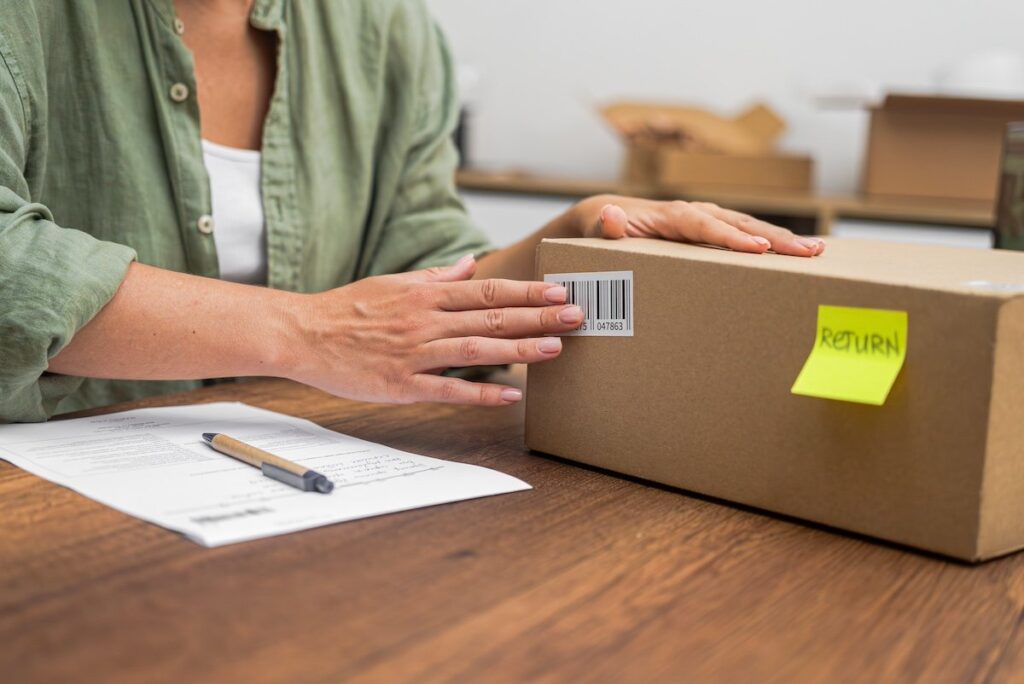Return-ready packaging is growing in a lot of sectors. In a world where you can try before you buy, or adjust to get the perfect size, having the option to return is better than ever. People feel like they’re heard when they get return-ready packaging, and there’s a reason why so many brands are flocking to this.
Here, we’ll go over the rise of it, and the different types of ways to make it work.
The Types of Packaging and Why Use It
A lot of packaging is made for returns because people want complete satisfaction with their items. They want the dress that hugs their body perfectly, the pants that fit their odd shapes, or maybe the perfect necklace to pair their items. A lot aren’t able to spend a ton of money on these things too, so being able to get the option to not have to buy it directly plays a critical role in the overall wellness and acceptance of a brand.
That’s why it’s becoming popular to add packaging that’s designed for the second part of the journey, going back to the company. Tear strips on the packaging for example is one example of the packaging being able to be easily torn and then sent back.
Flaps that have an adhesive seal you can throw on there is a beast as well to return.
Dual adhesives where one side is sticky and so is the other, also works. This is all built for returns, and it can be designed for a lot of beneficial trips, sometimes even multiple uses.
The Environmental Benefits of Reality
The environmental benefits of such reusable items is something as well worth mentioning. It bolsters sustainability, meaning that you’re reducing your oval carbon footprint. It is better for the earth, for customer perception, and overall how a brand is perceived.
Reusing items also is better on resources and materials, so sustainability isn’t something looked down upon, but instead something heralded as decent.
How Brands Can Use This
A lot of brands use this to improve the customer’s experience by giving them exactly what they want. Does a customer want a specific type of handbag or cut off a pant leg? Well, they can try it, and if they don’t like it, bring it back. If there’s a problem with the garment such as a snag or fray that’s causing it to be filled with holes, brands can respond accordingly.

Overall, when customers have an easy means to return and the ability to return without lip or problems, they view the brand as better, stronger and fitting for their needs. Overall as well, it improves the customer experience.
Small changes play a big part in the major picture, so being able to design the packaging for this is good.
Cost or Convenience?
The big thing to think about is how much this will cost. Adding in return-ready packaging that shoulders the shipping costs back and other burdens might not be feasible for other brands.
Some might prefer to have them drop it off to a supplier that ships it on their behalf, like with Amazon. But, it might not be as convenient for some people in certain areas where they might not be near a store to do this.

Not to mention, offering returns and the potential may also affect the budget.
But if you make this easy to do, acceptable in terms, and your customers aren’t complaining, they’ll be happier. Designing for this not only benefits you as a business, but also the overall excitement that comes with buying.